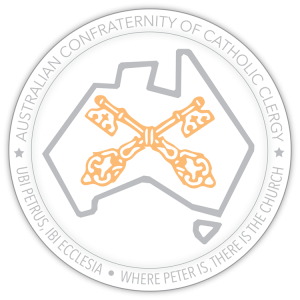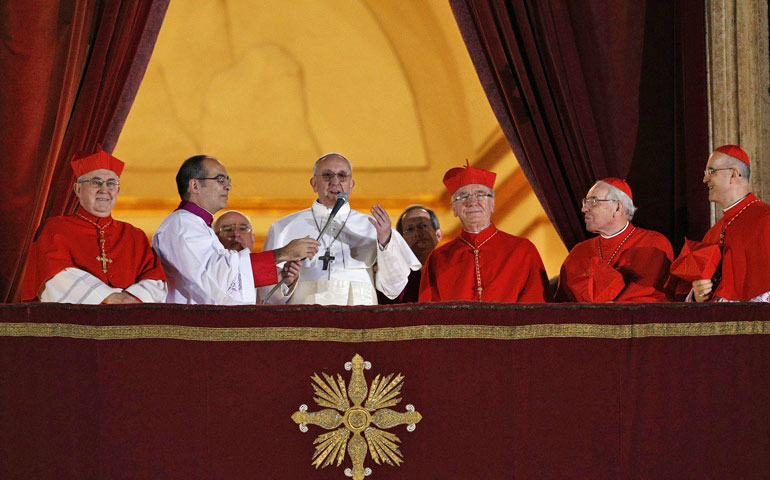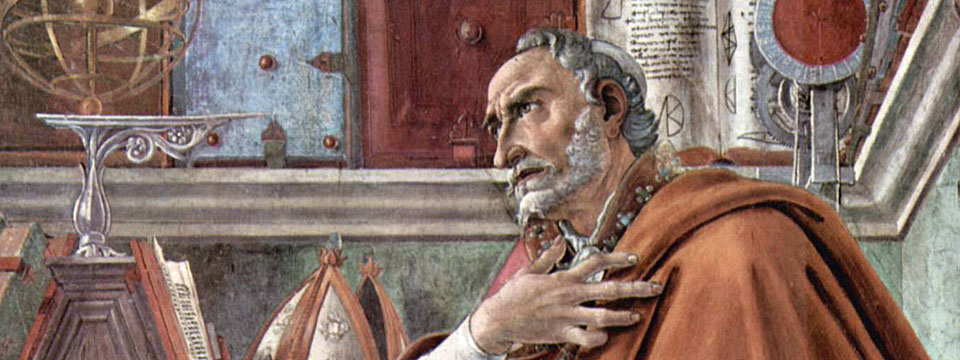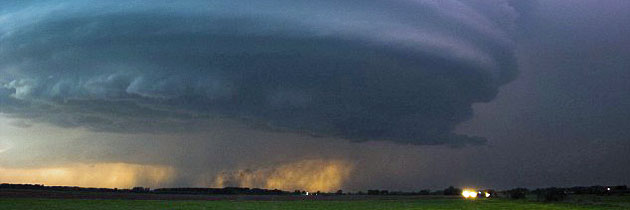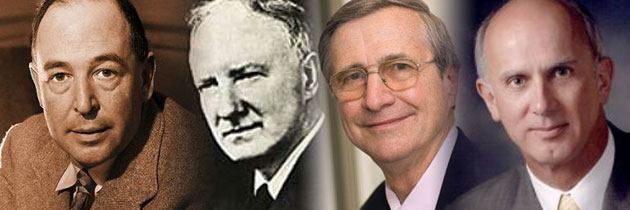At Masses on Trinity Sunday we often hear the story of St Augustine and the child who was trying to pour the ocean into a hole in the sand. The message conveyed to the congregation is that Augustine then saw that he had been presumptuous in trying to get an understanding of the Trinity into his small mind. Presumably he then ceased this pointless activity and concentrated on more mundane matters.
However, the fact is that he pondered this sublime doctrine till the end of his life, ever trying to understand it better. His great work the De Trinitate was commenced when he was in his forties and only completed in his sixties. He shows how important he considered this supreme doctrine of the Christian Faith: “…in no other subject is error more dangerous, or inquiry more laborious, or the discovery of truth more profitable” (De Trinitate, book 1, chapter 3, n. 5).
One gets the impression at times that many Catholics find the dogma of the Trinity an embarrassing enigma that they would rather not think about – an attitude perhaps shared by some priests. But that can’t be the right attitude, because God chose to tell us about his inner Trinitarian life, so he must want us to think about it. Indeed this doctrine is the one above all others that sets Christianity apart from every other religion.
Of course it is a profound mystery; but the mysteries of religion aren’t enigmas: they are not too dark to be seen, but too luminous to be clearly seen by our weak minds. They are not unintelligible, but so intelligible in themselves that the human mind sees them only obscurely.
We are not left to our own devices though; we have the official teachings of the Church, hammered out especially in the early Ecumenical Councils, telling us what is true and what is false regarding the Revelation of God about his inner life. We can learn what the Church says, even though our understanding of it remains imperfect.
It’s obvious that a priest is very limited in what he can say in a ten-minute homily delivered to a congregation of all ages and different levels of theological understanding. But at least they should not be discouraged from learning more about the Blessed Trinity. The homilist can also correct misconceptions.
Regarding misconceptions, I read of a priest in England who, in a talk to the Legion of Mary, referred to Christ as God. A woman in the audience said: “He’s not God; he’s the Son of God.” This is an instance of a widespread confusion: an impression that the person of the Son is less than the Father; which is Arianism. I think this should be addressed in homilies, and also that Christ should often be spoken of as God, rather than preferring the term Son of God.
It is also important to get across to the congregation the concept of appropriation. In the Creed, for instance, when the Father is called the Creator of heaven and earth the meaning is not that he alone created the world. The whole Trinity, as a single principle, is the Creator. But people can easily get the wrong impression that it was just the Father, or that the Son and Holy Spirit had a subordinate role in making the world. So it is important to explain appropriation: the attribution of a work to one Divine Person, even though all three were equally the cause of that work.
The word person also presents a difficulty. In ordinary speech it means a human being who is a different entity from any other, with his own likes and dislikes, his own distinctive way of viewing things, and so on. But to carry this understanding over into our concept of the Trinity is implicit tritheism – it makes the three Persons into three Gods, each with his own distinctive centre of consciousness.
Perhaps the most that can be done in a homily is to point out that there is a big difference between the ordinary meaning of this word and its theological meaning; that we must be careful not to think of the Father, Son and Holy Spirit as three Gods; and that each Person possesses the one same intellect and will.
F. J. Sheed, who had a wonderful gift for explaining difficult things clearly, expounded the doctrine of the Trinity in a number of his works, including A Map of Life and Theology and Sanity. He had had practice in speaking about the Trinity to outdoor audiences in London’s Hyde Park, which must have honed his gift of clear exposition. The above books will be found very helpful in presenting the doctrine.
Sheed points out that this great truth “…not only grows more luminous as the ideas of Person and Nature are studied, as the relations of Father and Son and the Spirit proceeding from both is meditated on; but throws a flood of light on the whole of our understanding of life” (A Map of Life, 1933, p. 81).
In Theology and Sanity he says: “It is the surest mark of love to want to be known. The revelation of the Trinity was in one sense a more certain proof even than Calvary that God loves mankind. To accept it politely and think no more of it is an insensitiveness beyond comprehension in those who quite certainly love God…” 1993 edition, p. 90).
